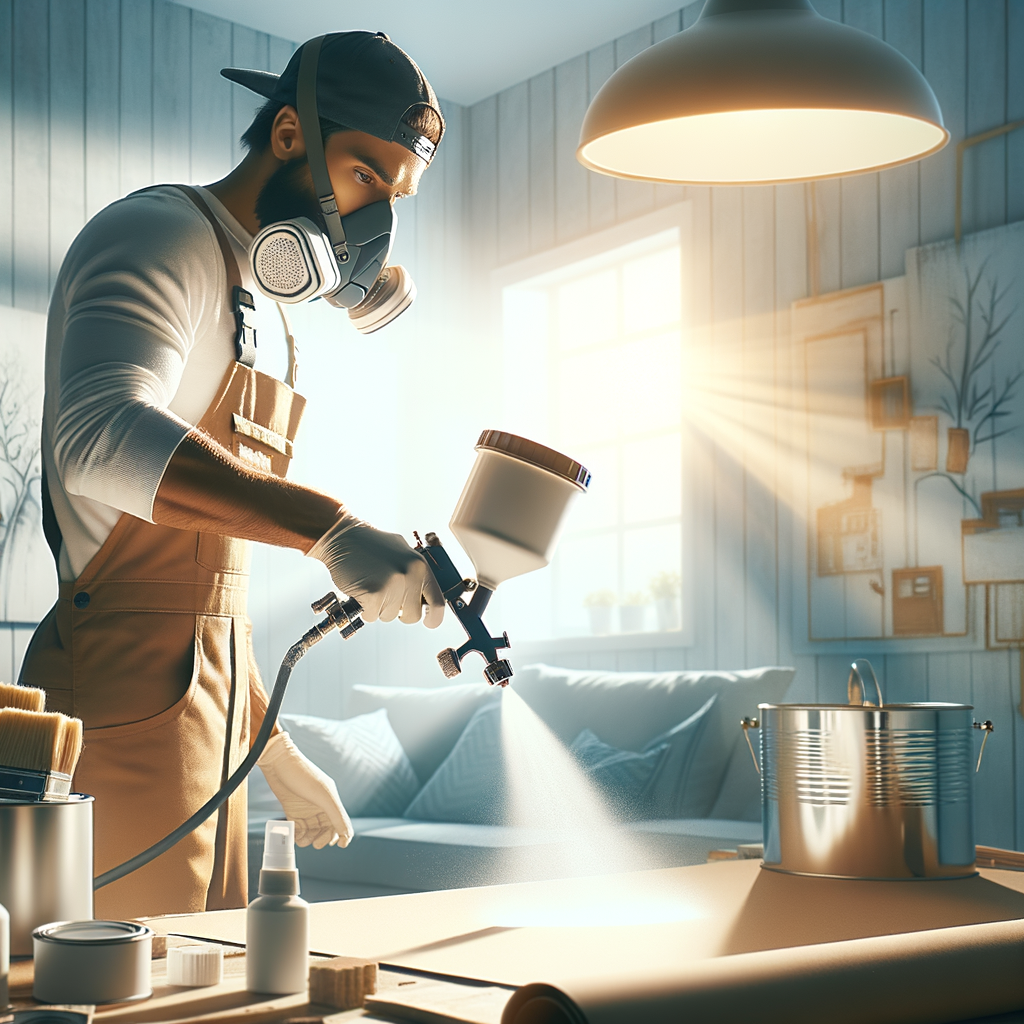Using Paint Sprayers for Smooth and Even Coats

Using Paint Sprayers for Smooth and Even Coats
As a DIY enthusiast or professional decorator, achieving a flawless finish is often the most challenging part of any painting project. Traditional brushes and rollers can sometimes leave streaks, uneven coverage, or drip marks. Enter paint sprayers — a versatile tool that can deliver smooth, professional-quality coats quickly and efficiently.
In this guide, we’ll explore how paint sprayers work, their benefits, the different types available, and practical tips to help you get the best results on your next project.
Why Use a Paint Sprayer?
Paint sprayers are designed to atomise paint into a fine spray, allowing you to cover large surfaces swiftly while maintaining an even application. They are particularly useful for:
- Large wall or ceiling areas
- Furniture and cabinetry
- Intricate mouldings or textured surfaces
- Repainting surfaces for a uniformly smooth finish
Experience of DIYers and Professionals
Hands-on users, from hobbyists to tradespeople, appreciate the control and speed that paint sprayers provide. When set up correctly, they can cut down your painting time significantly and improve the quality of finish.
Types of Paint Sprayers
Choosing the right paint sprayer depends on your project size, the type of paint, and your experience. Here are the three main types:
Airless Paint Sprayers
Best for large projects, airless sprayers pump paint at high pressure directly onto the surface. They are suitable for thick paints and offer quick coverage but require safety precautions due to their high-pressure spray.
HVLP (High Volume Low Pressure) Sprayers
Ideal for detailed work, cabinets, and furniture. They deliver a fine mist at lower pressure, reducing overspray and waste. Perfect for achieving a smooth finish on smaller or detailed surfaces.
Compressed Air Sprayers
Use compressed air to atomise the paint. Common in DIY projects for small to medium surfaces, offering good control but sometimes more prone to overspray.
Key Tips for Achieving a Flawless Finish
Preparation is Key
- Surface prep: Clean, sand, and prime surfaces as needed.
- Masking: Protect adjacent areas with painter’s tape and drop cloths.
- Consistent thinning: Use the manufacturer’s recommended thinning for your paint to ensure proper atomisation.
Proper Technique
- Keep the sprayer at a consistent distance — typically 10-12 inches from the surface.
- Use smooth, overlapping strokes to avoid streaks.
- Apply multiple thin coats rather than a thick one to prevent drips.
Maintain Your Equipment
- Regularly clean the nozzle and filters.
- Store your sprayer properly to extend its lifespan.
- Follow manufacturer guidelines for maintenance and storage.
Comparing Popular Paint Sprayers at Cynnal
| Model | Type | Pressure | Suitable for | Price |
|---|---|---|---|---|
| home | Airless | High | Large areas, exterior walls | £450 |
| wagner | Airless | High | Professional use, interior walls | £390 |
| gardena | HVLP | Low | Furniture, cabinets | £120 |
| cement | HVLP | Low | Small projects, decorative finishes | £80 |
Note: When selecting a sprayer, consider your project size, the paint type, and your experience level.
Final Thoughts
Paint sprayers are invaluable tools for achieving expert-level, smooth, and even coats efficiently. Whether renovating an entire room or giving furniture a fresh look, the right sprayer can make your project faster, cleaner, and more satisfying.
Before you start, ensure you’re prepared with the right equipment, safety gear, and techniques. With practice, you’ll master the art of spraying and enjoy flawless results every time.
Explore our full range of paint and elevate your DIY or professional projects today!